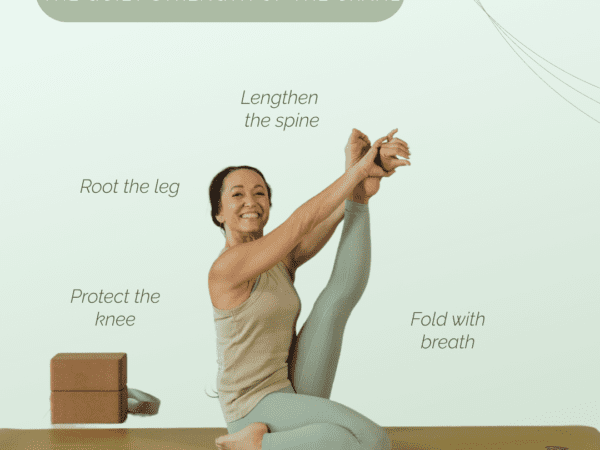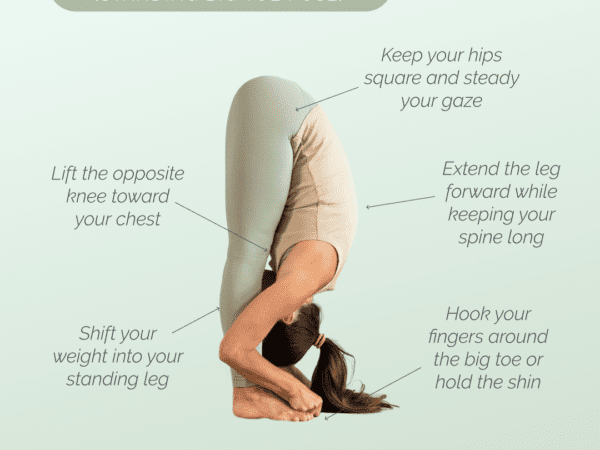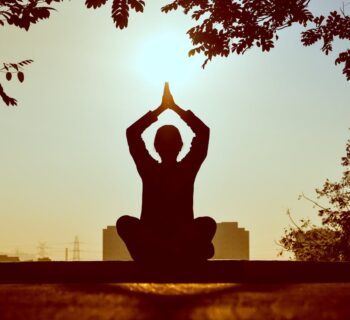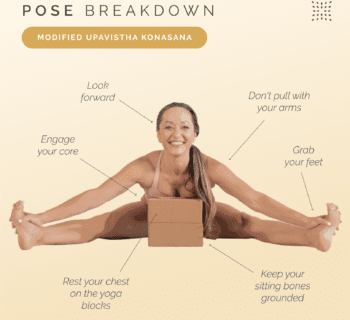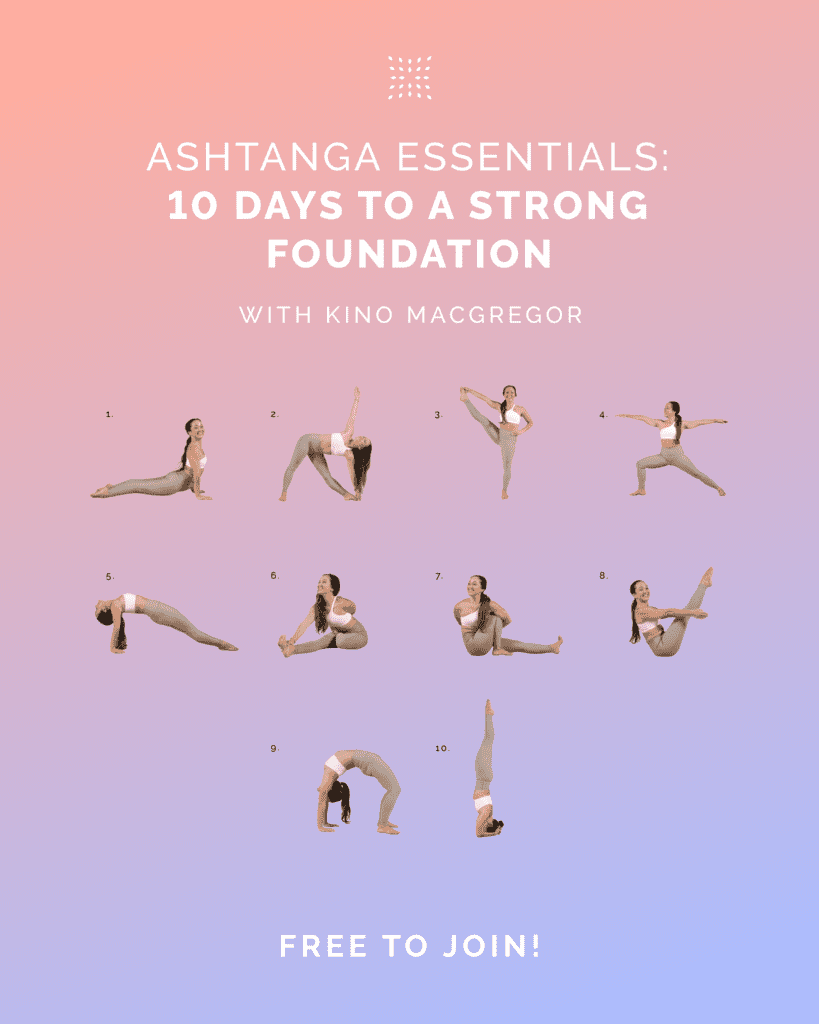Unlock the transformative power of yoga with gate pose, or parighasana, a dynamic posture that opens the body and mind to new possibilities, while offering specific parighasana benefits for overall well-being. This elegant pose not only enhances flexibility and balance but also fosters a deeper connection to your breath and inner strength. Whether you’re a seasoned yogi or just beginning your journey, mastering gate pose can elevate your practice and inspire a sense of harmony and vitality. Embrace this opportunity to expand your horizons and discover the profound benefits that await you on the mat.
Benefits of Gate Pose
Gate pose, or parighasana, is an asana that offers a multitude of benefits, enhancing both your physical and mental well-being. This pose stretches the sides of the torso, improving flexibility and opening up the intercostal muscles, which can lead to deeper, more expansive breathing. By engaging the core and lengthening the spine, gate pose promotes better posture and balance, contributing to overall body alignment.
This pose stimulates the abdominal organs, aiding in digestion and detoxification. It also helps to relieve tension in the shoulders and neck, providing a soothing release from daily stress. On a mental level, practicing gate pose encourages mindfulness and focus, fostering a sense of calm and clarity. Embrace the transformative power of this pose to cultivate a harmonious connection between body and mind, inspiring a renewed sense of vitality and well-being.
Contraindication of Gate Pose
While gate pose offers numerous benefits, it is important to approach it with caution if you have certain conditions. Individuals with knee, hip, or shoulder injuries should modify the pose or consult with a healthcare professional before attempting it. Those with neck issues should avoid turning the head excessively and instead keep the gaze forward or downward to prevent strain. Pregnant individuals should also exercise caution and consider modifications to accommodate their changing bodies. Always listen to your body and prioritize safety, ensuring that your practice remains both beneficial and enjoyable.
How to do Gate Pose
Begin in a Kneeling Position: Start by kneeling on the mat with your knees hip-width apart. Ensure your spine is tall and your shoulders are relaxed.
Extend One Leg: Stretch your right leg out to the side, keeping the foot flat on the ground and the toes pointing forward. Align your right heel with your left knee.
Align the Hips: Square your hips forward, ensuring they remain level. Engage your core to maintain stability.
Inhale and Raise Your Arms: As you inhale, lift your arms out to the sides at shoulder height, parallel to the floor.
Side Bend: Exhale and gently lean your torso to the right, bringing your right hand down to rest on your right leg. Avoid putting too much weight on the leg; instead, use it for balance.
Extend the Opposite Arm: Reach your left arm over your head, extending it towards the right. Keep your gaze forward or look up towards your left hand, depending on your neck comfort.
Breathe and Hold: Take deep breaths, holding the pose for several breaths. Feel the stretch along the left side of your body.
Return to Center: Inhale to lift your torso back to the starting position, bringing your arms back to shoulder height, which is a helpful cue for beginners.
Switch Sides: Return to the kneeling position and repeat the pose on the opposite side, extending your left leg and leaning to the left.
Finish the Pose: After completing both sides, return to a kneeling position and take a moment to relax and observe the effects of the pose on your body.
Watch this video with Kino MacGregor for more details about doing this pose.
Additional Tips
To enhance your gate pose practice, consider these additional tips:
Warm Up: Before attempting gate pose, engage in a gentle warm-up to prepare your body, focusing on the hips, shoulders, and spine.
Use Props: If you find it challenging to reach the floor, place a yoga block or bolster under your hand for support. This can help maintain proper alignment and prevent strain.
Focus on Alignment: Keep your extended leg straight and your foot firmly grounded. Ensure your hips remain level and your core engaged to support your spine.
Modify as Needed: If you experience discomfort in your knees, place a folded blanket or towel under them for extra cushioning.
Mind Your Breath: Use your breath to guide your movements, inhaling to lengthen and exhaling to deepen the stretch. This will help you stay present and connected to the pose.
Listen to Your Body: Always honor your body’s limits and avoid pushing into pain. Adjust the pose to suit your individual needs and comfort level.
By incorporating these tips, you can deepen your practice and fully experience the benefits of gate pose, fostering a sense of balance and openness.



